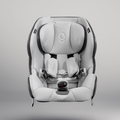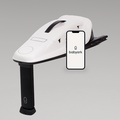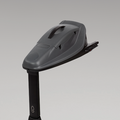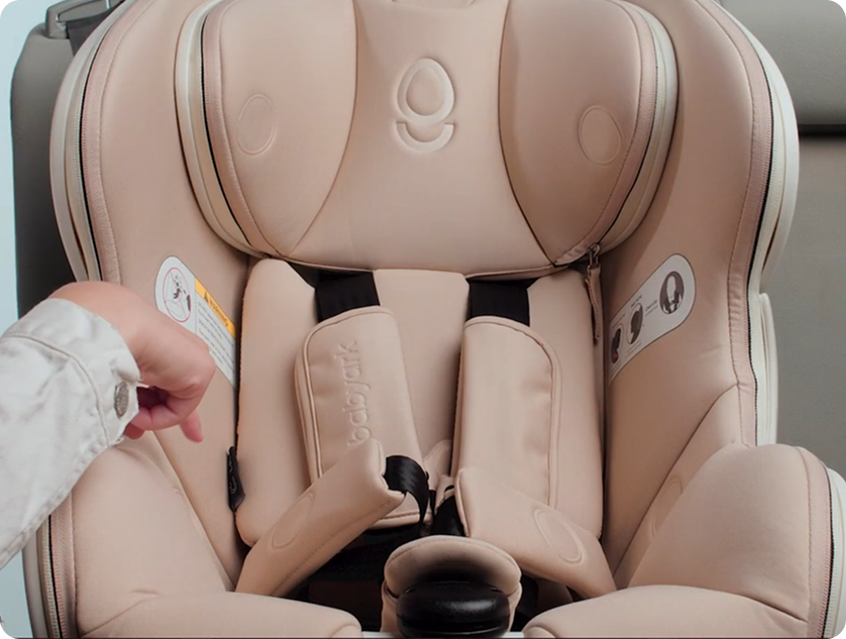The babyark Blog
Viva La Flame Resistance! Natural Materials that Light Our Fire (But Not Your Car Seat)
babyark answers the common question, "What is the difference between flame resistance and flame retardant? How do I know which is which, and does it...
Kids Give Life New Meaning - and New Meanings to Phrases
Becoming a parent brings new meaning to our lives and to common phrases. Read some of our favorites and let us know your own. Because...
Product Recs for Parents & Babies, Volume 5 - Monica Recommends
Next in our product rec series, products that remain useful across more than 1 kid and for more than a short phase - multi-tasking and...
Quick Tips: Accident-Proofing for Child Safety Week
Our 360° approach to protection and family means our care and concern extend far beyond the car. Here’s a quick beginner’s safety checklist to bookmark,...
The Relief of a Car Seat You Can Trust - Parent Reviews
babyark reviews- what customers have to say about the peace of mind babyark convertible car seats uniquely bring - relief for parents and kids alike.
Product Recs for Parents & Babies, Volume 4 - Arielle Recommends, Pregnancy and Beyond
First-time Mom designer Arielle gives her product recommendations for pregnancy and beyond - from the importance of choosing the right diaper bag to car seats...
Car Seat Safety Regulations - Which Car Seat Do I Need When?
A quick breakdown of federal and state car seat guidelines, and what that means for how you travel with your child in cars from age...
5 Must-Have Features to Keep in Mind When Purchasing Your Next Car Seat
Shopping for a car seat? Discover 5 essential features that ensure your child’s safety and comfort, and see how babyark offers them all!
The Importance of Side-Impact Protection: How babyark’s BioArk™ System Contributes to Car Seat Safety
Learn how babyark’s BioArk™ side-impact protection system helps contribute to advanced safety for your child, shielding them from dangerous side-impact collisions.












